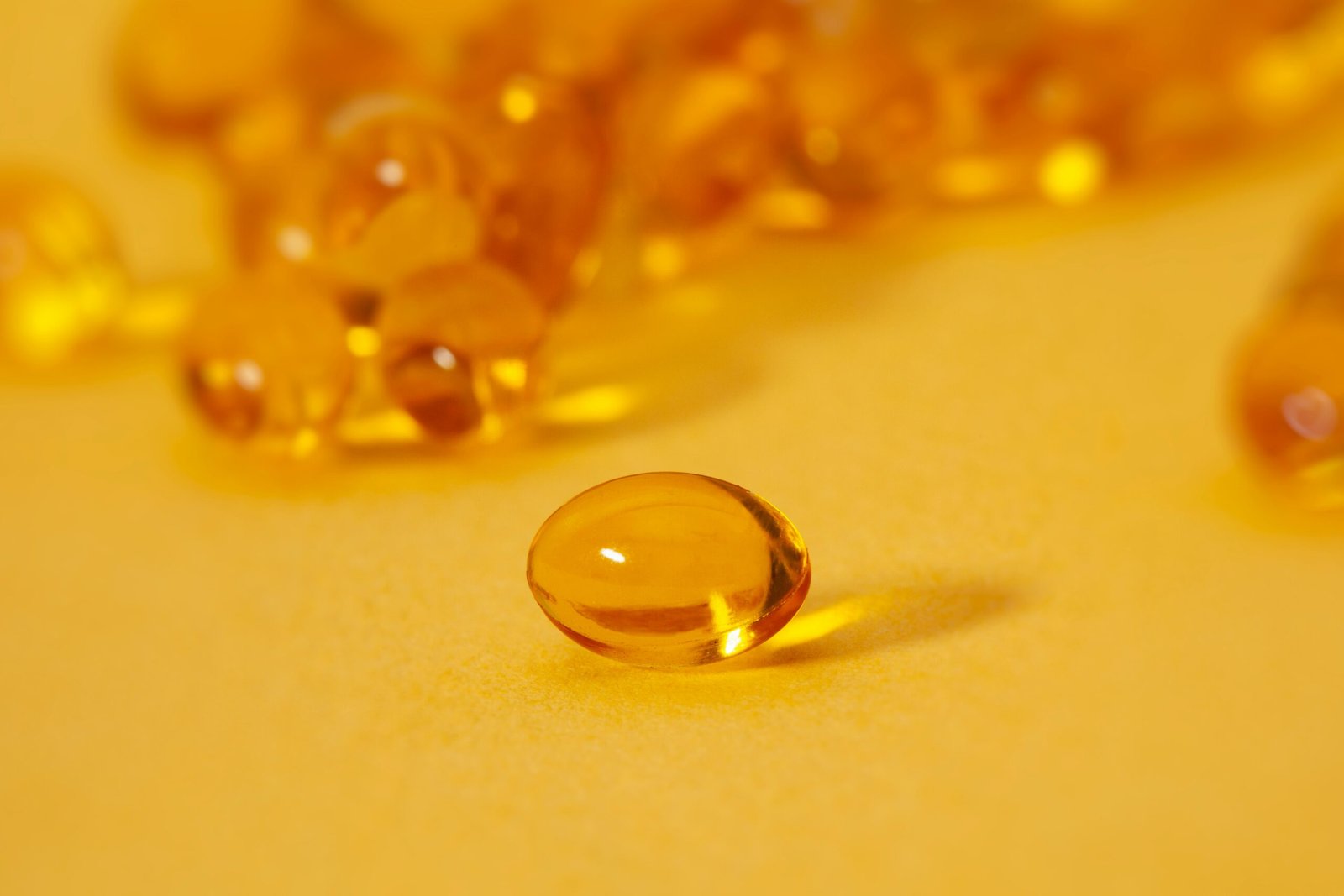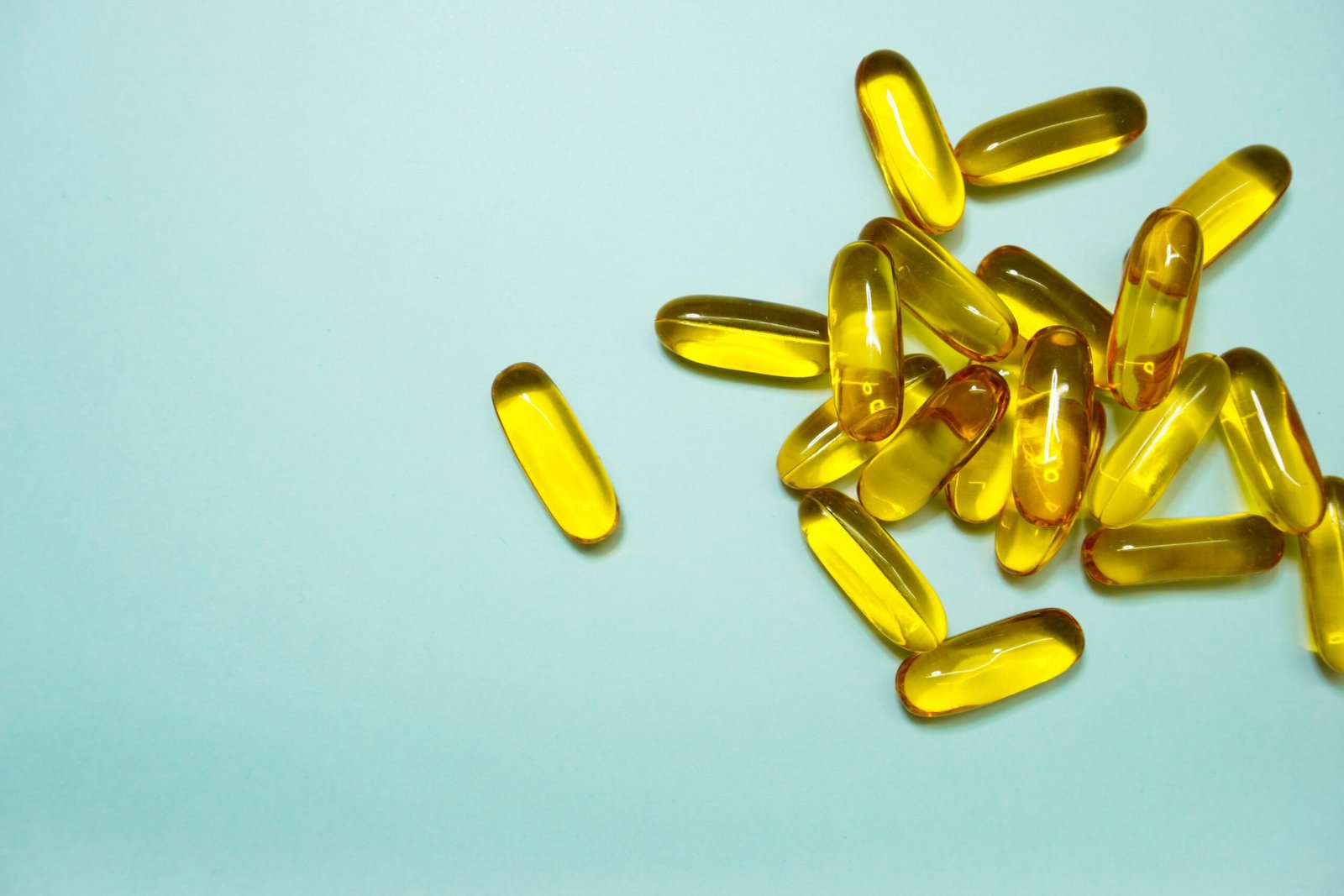SAM-e (S-Adenosyl-L-Methionine): A Guide to Uses and Scientific Evidence
What is SAM-e (S-Adenosyl-L-Methionine)?
SAM-e, or S-Adenosyl-L-Methionine, is a naturally occurring molecule found in the human body. It is synthesized from the amino acid methionine and adenosine triphosphate (ATP). SAM-e plays a vital role in various biochemical reactions in the body, including methylation, neurotransmitter synthesis, and the production of glutathione, an important antioxidant.
Uses of SAM-e (S-Adenosyl-L-Methionine)
SAM-e is commonly used as a dietary supplement for various purposes, including:
- Supporting mood and emotional well-being
- Improving joint health and mobility
- Supporting liver function
- Managing joint discomfort
Scientific Support for its Uses
Research suggests that SAM-e may play a crucial role in supporting mood and emotional well-being by participating in the synthesis of neurotransmitters such as serotonin, dopamine, and norepinephrine. These neurotransmitters are involved in regulating mood, emotions, and cognitive function. SAM-e supplementation has been studied for its potential role in supporting a positive mental state, with some studies suggesting that it may be quite effective[1].
In addition to its effects on mood, SAM-e has been studied for its potential benefits in improving joint health and mobility, particularly in individuals with osteoarthritis. SAM-e may help reduce inflammation and promote the synthesis of proteoglycans and collagen in joint cartilage, leading to improved joint function and reduced pain[2].
Furthermore, SAM-e is involved in supporting liver function by participating in the synthesis of glutathione, an essential antioxidant that plays a crucial role in detoxification and protecting liver cells from oxidative damage. SAM-e supplementation has been studied for its potential hepatoprotective effects in individuals with liver diseases such as cirrhosis and nonalcoholic fatty liver disease[3].
Health Concerns
While SAM-e is generally considered safe for most people when taken at recommended dosages, there are some potential health concerns to consider. Some individuals may experience mild gastrointestinal discomfort such as nausea, diarrhea, or constipation when taking SAM-e supplements.
Additionally, SAM-e may interact with certain medications, including antidepressants, monoamine oxidase inhibitors (MAOIs), and medications metabolized by the liver. Individuals with bipolar disorder, Parkinson’s disease, or those taking medications should consult with a healthcare professional before using SAM-e.
Recommended Standardization or Dosage
SAM-e supplements are available in various forms, including tablets, capsules, and powders. The recommended dosage of SAM-e supplementation depends on individual factors such as age, weight, and health status.
For mood support and emotional well-being, typical dosages of SAM-e range from 400 mg to 1600 mg per day, divided into two or three doses, taken on an empty stomach. Higher dosages may be recommended for specific health conditions under the guidance of a healthcare professional.
References
- Williams AL, Girard C, Jui D, Sabina A, Katz DL. S-adenosylmethionine (SAMe) as treatment for depression: a systematic review. *Clin Invest Med*. 2005;28(3):132-139. doi:10.25011/cim.v28i3.14409
- Soeken KL, Lee WL, Bausell RB, Agelli M, Berman BM. Safety and efficacy of S-adenosylmethionine (SAMe) for osteoarthritis. *J Fam Pract*. 2002;51(5):425-430.
- Mato JM, Martínez-Chantar ML, Lu SC. Methionine metabolism and liver disease. *Annu Rev Nutr*. 2008;28:273-293. doi:10.1146/annurev.nutr.28.061807.155443
Conclusion
SAM-e (S-Adenosyl-L-Methionine) plays a crucial role in various biochemical processes in the body, including mood regulation, joint health, and liver function. While research suggests promising effects, individuals should be aware of potential health concerns and consult with a healthcare professional before using SAM-e supplements, especially if they have underlying health conditions or are taking medications.



